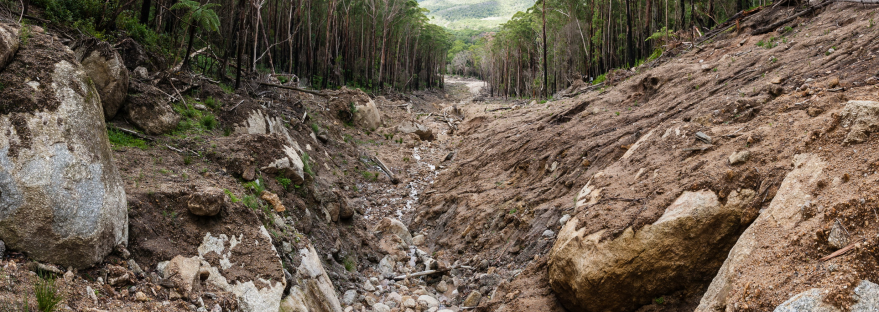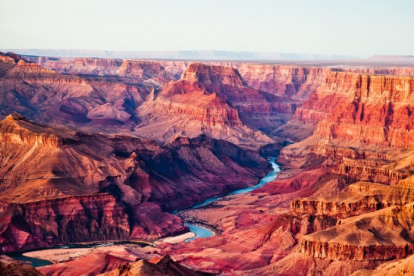Today we’re going to talk about various geological formations at Arrowhead Ranch and how they were formed! Below, in the first picture, you are able to see Mount Baldy, a mountain visible from Strawberry Peak. Mount Baldy is part of the San Bernardino mountain range but is in fact on the opposite side of the San Andreas fault. The San Andreas fault is where the Pacific and North American tectonic plates meet and create a transverse boundary. A transverse boundary is where two tectonic plates slide against each other. The motion of two plates sliding against each other can cause earthquakes, which is why California has so many.
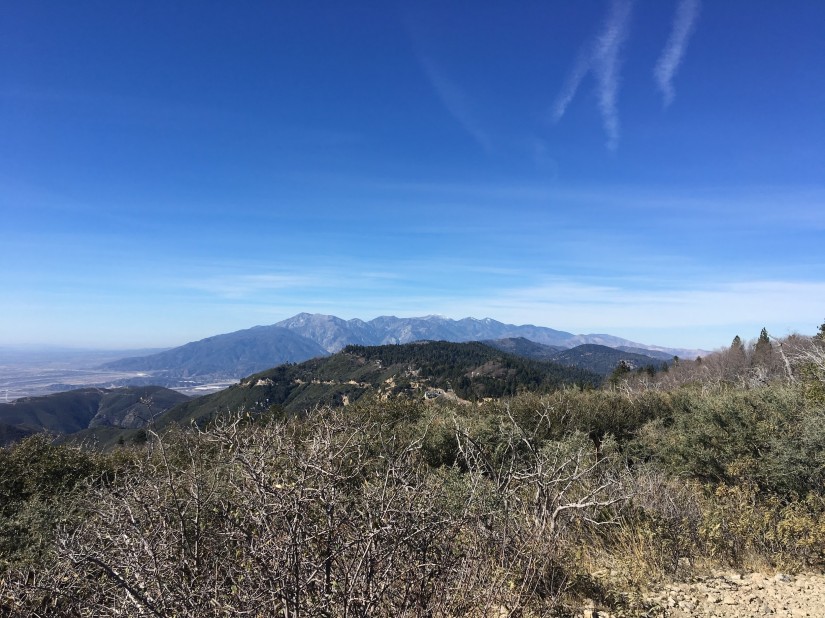
In the next picture you are able to see a variety of rocks and minerals that can be found at Arrowhead Ranch. The difference between a rock and a mineral is that rocks are made up of minerals which in turn are made up of elements. One of the most common rocks found at Arrowhead Ranch is granite, which is the most common intrusive igneous rock and also makes up the bulk of the continental crust. An intrusive igneous rock is a rock which cools beneath the earth’s surface. Because it cools beneath the earth’s surface, intrusive igneous rocks have larger crystals, which can often be seen. The granite seen around Arrowhead Ranch often contains three common minerals: mica, quartz, and feldspar. Mica is a flaky and black, quartz is a colorless mineral composed of silica, and feldspar is the one of the most common minerals in the world and can appear either white, pink, red, or even gray. In contrast to intrusive igneous rock such as granite, there are extrusive igneous rocks such as obsidian, a glassy black mineral often found in arrowheads, which cool quickly and hardens without crystals.

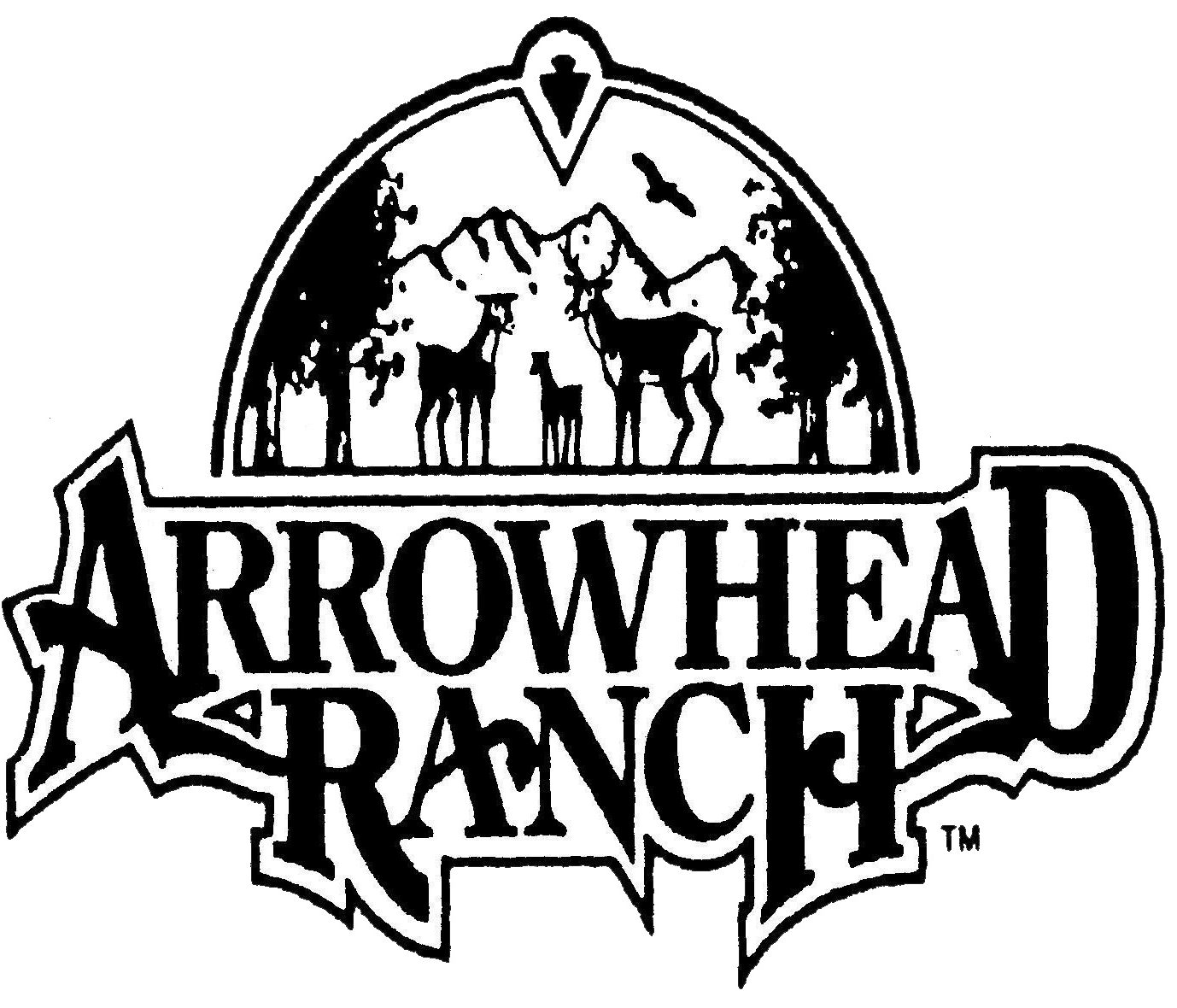


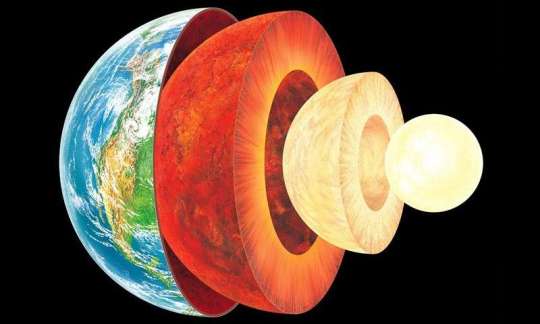 Now let’s start with that pile of rocks we were talking about, geologists (scientists who study the Earth and its processes) call this outermost layer of the the Earth our crust. Just like a pizza, but probably not as tasty and definitely not as cheese! We have two different types of crusts here on Earth: oceanic and continental. Oceanic crust is the layer of rock that sits beneath our big beautiful oceans. This layer is made up of basalt, an igneous rock formed the cooling of lava. Basalt rock is composed mostly of silica, magnesium, and iron. This crust ranges from roughly 3 to 5 miles in thickness. Our continental crust
Now let’s start with that pile of rocks we were talking about, geologists (scientists who study the Earth and its processes) call this outermost layer of the the Earth our crust. Just like a pizza, but probably not as tasty and definitely not as cheese! We have two different types of crusts here on Earth: oceanic and continental. Oceanic crust is the layer of rock that sits beneath our big beautiful oceans. This layer is made up of basalt, an igneous rock formed the cooling of lava. Basalt rock is composed mostly of silica, magnesium, and iron. This crust ranges from roughly 3 to 5 miles in thickness. Our continental crust 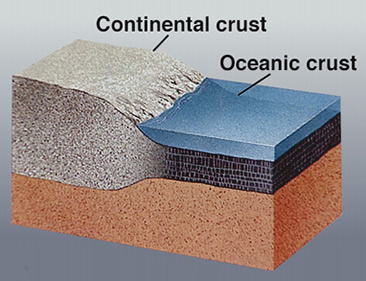 on the other hand, is made up mostly of granite, an igneous rock formed from the cooling of magma. Granite rock is composed mostly of silica, aluminum, potassium and calcium. This crust can is made up of valleys and mountains so it can reach thicknesses up to 25 miles! Much like how our pizza crust is broken into different slices, Earth’s crust is broken into pieces we call tectonic plates. We have seven major, large, plates and many minor, small, plates, that pieced together make up the crust of our Earth.
on the other hand, is made up mostly of granite, an igneous rock formed from the cooling of magma. Granite rock is composed mostly of silica, aluminum, potassium and calcium. This crust can is made up of valleys and mountains so it can reach thicknesses up to 25 miles! Much like how our pizza crust is broken into different slices, Earth’s crust is broken into pieces we call tectonic plates. We have seven major, large, plates and many minor, small, plates, that pieced together make up the crust of our Earth. 
